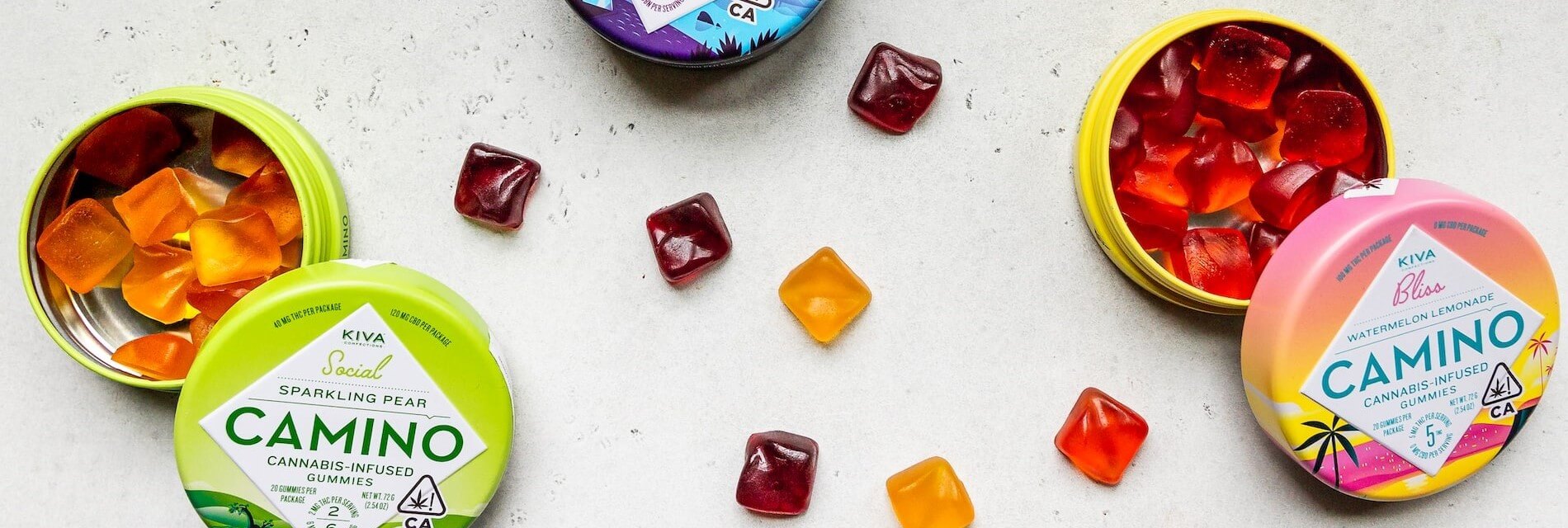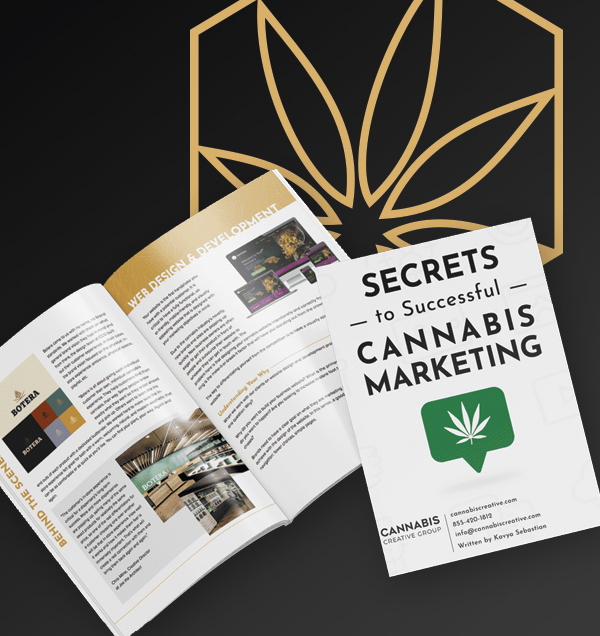As more states legalize cannabis use, and now-legal CBD products flood the market, you might wonder, “Which cannabis goods should I try?” There are countless brands and types of products to choose from, from classic flower and its derivatives to shower products!
Some consumers understand common product types and their respective onset of action and length of effect. However, many don’t have this knowledge, or worse, embrace false information. It’s important to educate yourself about different ways to administer cannabis to help you better achieve your goals. Arming yourself with knowledge will help you navigate market misinformation and empower you as a consumer.

Smoking and Vaping
Smoking is without a doubt the most traditional and common way to use cannabis. You take flower or flower derivatives, such as wax or crystallized resin, heat it, and inhale the resulting smoke. This has the fastest onset in your body. In fact, inhaling cannabis hits you as hard and fast as an IV cannabis infusion would – although this doesn’t exist.
The amount of active THC that hits your system is about 35% of the total THC you inhale. CBD is similar in that you get up to 31% of the total CBD inhaled. Both of these cannabinoids peak quickly, within 3-10 minutes. That also means that since it peaks fast, it wears off fast (when compared to edibles).
Vaporizing, better known as “vaping,” differs from dry smoke in that the cannabis derivative is a liquid (most commonly oil) – not a solid. It’s heated up and inhaled, like steam from boiling water. The length of cannabis effect in your system depends on many factors, like body size, fat percentage, and how much has been smoked or vaped.
Generally, you’ll experience a wearing-off after several hours. The half-life of THC in the body (the time it takes for half of THC to be eliminated) is highly variable. Studies show that this value can be 22 hours or more. Note: half-life does not mean the time spent with the effects of cannabis. You may have already “come down” from a high last night, but your body is still working to eliminate half of the THC in your system.
We also know that cannabinoids are fat-loving, or lipophilic. If you are a regular cannabis user and decide to lose weight, the THC in your fat will be redistributed into your bloodstream and can last several weeks after your last cannabis use.

Edibles
Compared to smoking and vaping, ingesting cannabis is an entirely different animal. When you eat something, it hits your stomach, gets absorbed into your bloodstream, passes directly through the liver, and then takes effect.
Smoking and vaping completely bypass this system, getting absorbed instantly from your lungs to your blood.
The gastrointestinal process takes time, hence the slow onset with edibles. It may take up to 2-3 hours for discernible effects after consuming an edible. When ingested cannabis finally hits you, the peak concentration of THC is lower. About 6% of active THC – versus up to 35% of smoked or vaped THC – gets into your bloodstream after eating.
However, edibles are perceived as more intense. This is because of two reasons. First, your liver takes incoming delta-9-THC from cannabis and transforms it into a metabolite known as 11-OH-THC. Even though this metabolite is small in quantity, it is thought to be just as (if not more) psychoactive than THC itself. Second, the process of transforming THC and then eliminating it from your body takes longer in the gastrointestinal tract as compared to inhaling through the lungs.
Note: all substances, including prescription medications and other herbals, pass through the liver too. It’s important to discuss cannabis use with your medical doctor (and mental health doctor) for these reasons.

Canna Beverages
Cannabinoids are fat-soluble and not water-soluble. This makes it tricky to create canna beverages. A workaround is creating beverages that are “fatty,” like smoothies or creamy pina coladas. Fat-free beverages, however, may use a tincture.
A cannabis tincture is created when cannabinoids are extracted into alcohol or a sugar alcohol called glycerin, and this is infused into a drink instead of oil or cream. Drinking a cannabis beverage, especially tincture and not a fatty drink, recruits the same pathway as edibles. The difference is absorption is a bit quicker because your stomach doesn’t break down a food solid.
The effect still lasts a long time, like an edible, but cannabis beverages are usually manufactured to be less potent. For example, a canna seltzer may have 5mg of THC in an entire 12 ounce can. But a chocolate bar may have 10mg of THC per square, with 10 squares to a bar. It takes some time to drink 12 ounces of carbonated liquid, but a chocolate bar can be eaten rather quickly.

Skin and Hygiene Products
Human skin has both fat and water layers. The outer layer is fat and the inner layers have greater water content. This makes it difficult for substances to penetrate skin and get absorbed into our system. This is a good thing, because our skin has adapted to protect us!
Skin absorption can be improved in some ways, like warming your skin to open pores, or applying products to areas where skin is the thinnest, like your wrist and forehead. But in general, products need some sort of enhancer to move through your skin layers, otherwise a topical product just stays on your skin surface.
CBD is slightly more fat-loving, so it absorbs a bit more than THC – about 10 times more, but still low. What does this mean? If hemp or cannabis products like lotions, soaps, and gels are used on the skin, they should be for local use only. That is, don’t expect a topical product to affect you like eating an edible or smoking flower would. This is the same reason that a “contact high” from touching cannabis products isn’t possible.
New Methods to Watch
Cannabis products with additional methods of administration are being formulated. For instance, there’s a patented oral spray used medicinally in Europe, a method known as “transmucosal,” meaning “through mucus membranes.” This medication isn’t available in the United States, but it’s worth watching the market to see if any domestic products use a similar spray mechanism.
Transmucosal can also mean other mucus membranes. This means – yes, some of you guessed it – CBD tampons exist! The tampons have a CBD coating, so they act locally upon insertion, but also absorb into the user’s circulatory system.
As the free market and pharmaceutical industry evolve, keep an eye out for more methods of administering cannabis, such as:
- Intravenous (IV)
- Rectal (anus)
- Sublingual (under the tongue)
- Nasal
- Transdermal (skin) patches
Which Product is Best for You?
Now that you’re armed with knowledge about cannabis and the body, you can buy products with greater confidence. As always, discuss cannabis use with your medical doctor and mental health provider to ensure safe use.
References
Foster, B. C., Abramovici, H., & Harris, C. S. (2019). Cannabis and cannabinoids: Kinetics and interactions. The American Journal of Medicine, 132(11), 1266-1270. https://doi.org/10.1016/j.amjmed.2019.05.017
Lucas, C. J., Galettis, P., & Schneider, J. (2018). The pharmacokinetics and the pharmacodynamics of cannabinoids. British Journal of Clinical Pharmacology, 84(11), 2477-2482. https://doi.org/10.1111/bcp.13710
